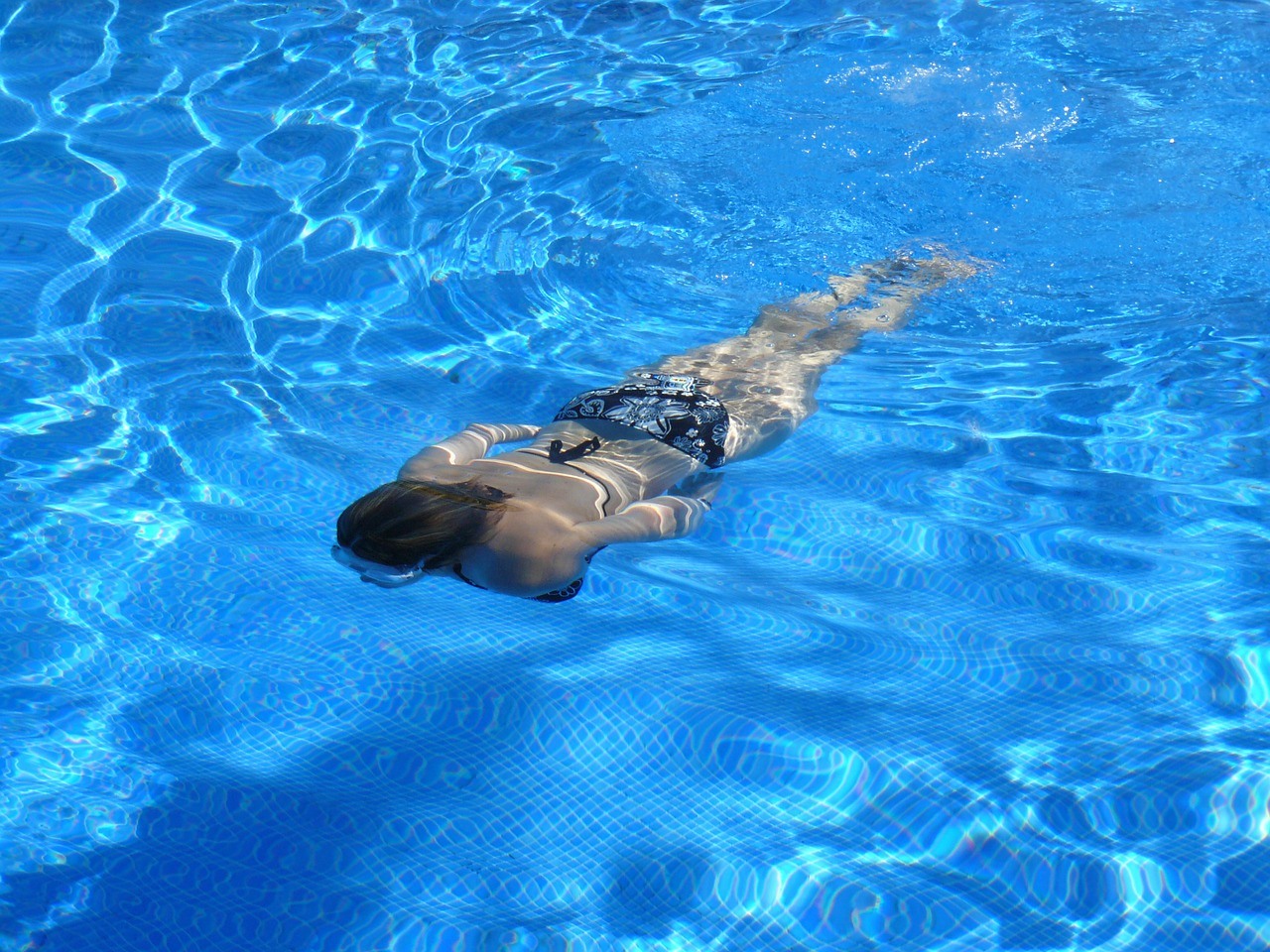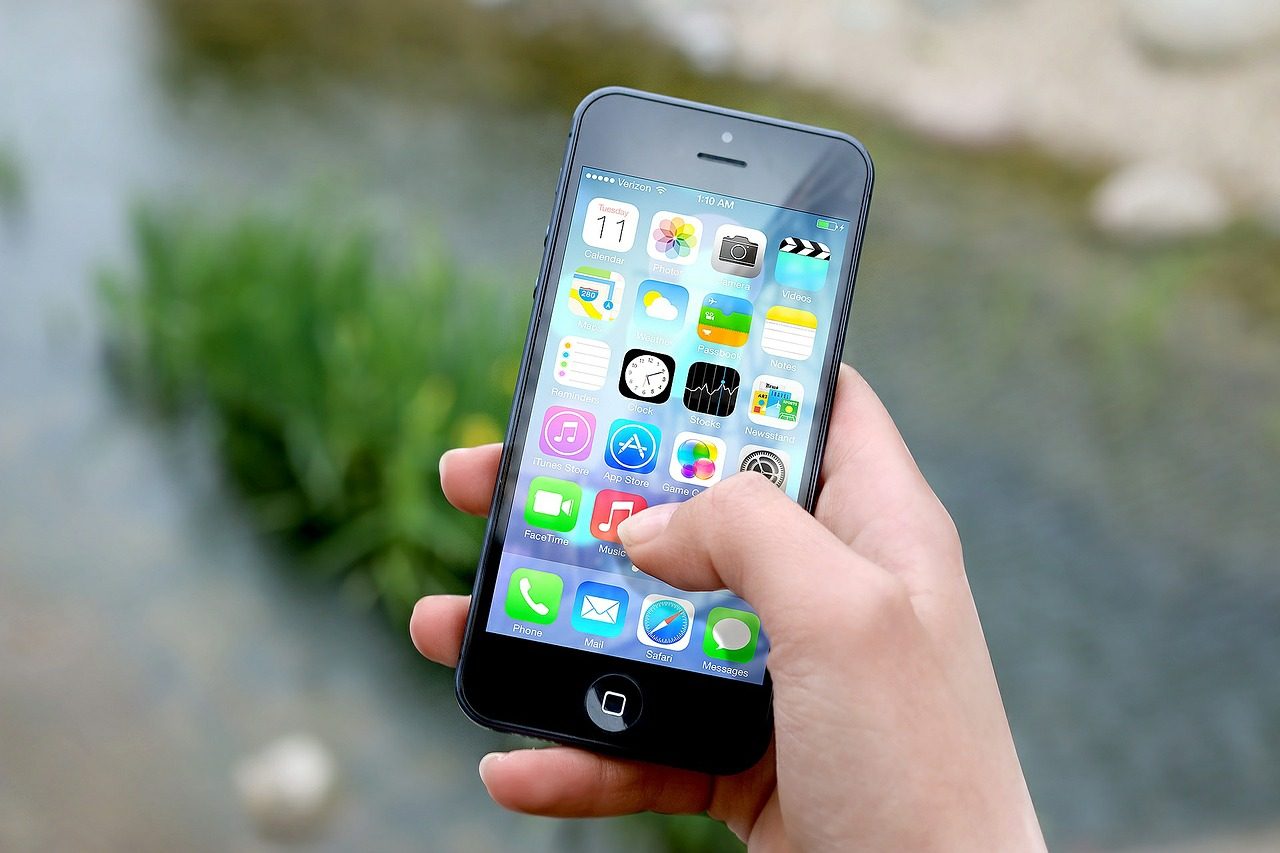What is Psychodermatology?
According to Professor Karen Mallin, PsyD of the University of Miami, psychodermatology is the study of emotions and their effect on skin. It combines the fields of psychology, psychiatry, dermatology, and immunology, which focus on invisible diseases, visible diseases, and immune system health. The idea behind this combination is that skin responds to both internal and external stimuli by producing flare-ups. Studying the relationship among the nervous system, skin, and immune system (also known as the neuro-immuno-cutaneous system) could lead to integrative treatment plans for people with skin disorders. These new treatment plans might include therapy, medication, and counseling.
Some Common Skin Conditions
Acne
Stress leads to an increased production of cortisol, the stress hormone. Cortisol, in turn, increases the production of oil on the skin. Oily skin makes it far more likely for you to develop pimples and even acne.
Psoriasis
Psychological stress tends to worsen the presence of psoriasis, a skin disease that causes scaling, pain, redness, and inflammation. In one study, researchers found that patients with outbreaks of psoriasis were more likely to have experienced a stressful event prior to the beginning of a psoriasis episode.
General Dermatosis
General dermatosis may include a variety of skin conditions including: rashes, hives, nail dystrophies, or eczema. A study published in 2001 found that itchiness related to dermatosis increased with emotional distress. It also found that people with these conditions were more likely to have experienced psychiatric disturbances.
Categories of Psycho-Dermatological Skin Disorders
There are 3 generally accepted categories of psycho-dermatological skin disorders:
Psychophysiological – In these diseases, stress makes the conditions worse. Psychiatric Disorders with Dermatological Symptoms – These are self-inflicted and may include hair pulling, nail biting, or cheek/tongue biting. Dermatological Disorders with Psychiatric Symptoms – These are emotional problems, like anti-social behavior or embarrassment, caused by an existing skin problem.
How to Reduce Stress to Avoid Skin Problems
How can you avoid embarrassing, irritating, and sometimes painful skin flare ups? By reducing your stress. Here are a few ways to do that:
Exercise
Exercise reduces the production of stress hormones, like cortisol and adrenaline. But that’s not all. It also increases the production of endorphins, the hormones that put us in a good mood and reduce pain. These two factors will help you relax and reduce your overall stress. One of the best forms of exercise is swimming because it doesn’t feel like exercise! You can have fun in the water while getting healthier. Swimming is also a low impact sport, so it isn’t hard on your joints.
Meditation
Meditation is another great way to relax and reduce overall stress levels. This technique is pretty simple. Find a quiet room and sit with good posture. Close your eyes and repeat a motivational phrase. Maybe something like, “I am happy” or “I feel peaceful”. Try to breathe rhythmically and avoid any other thoughts. Researchers believe that meditation changes the brain’s neural activity, helping you manage stress better.
Apps to Stay Positive
Reflecting on the positive things in your life can help you stay positive. A great way to do this is by using an app on your phone that can help you keep track of positive experiences. One great option is Happify, which helps you set personal goals. It offers different activities that bring positive words and memories to your attention. Another great app is The Gratitude Journal, which encourages you to write down five positive things that happen to you daily. This is a great way to stay positive about the present and the future. You may not be able to completely eliminate stress by practicing these techniques, but you will be able to reduce it. By doing that, you can reduce the occurrence of stress-induced skin disorders. Featured photo credit: MasimaTinasheMadonda via pixabay.com


